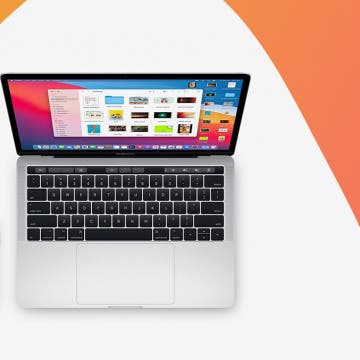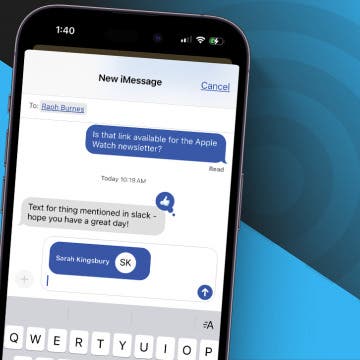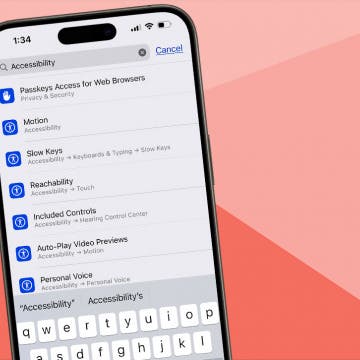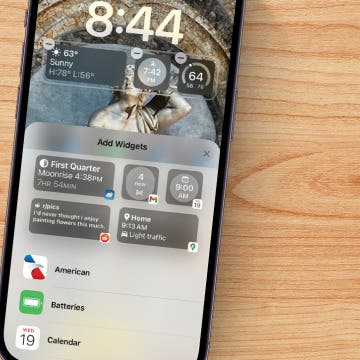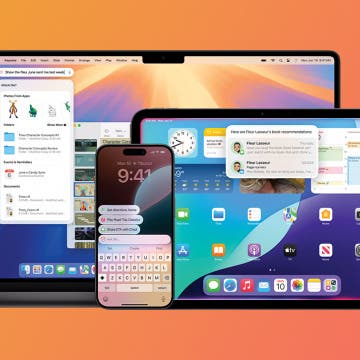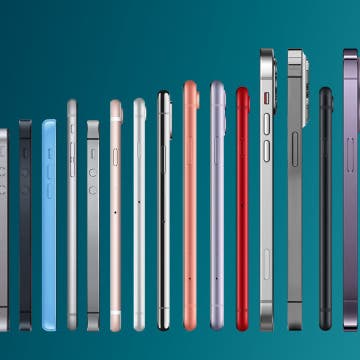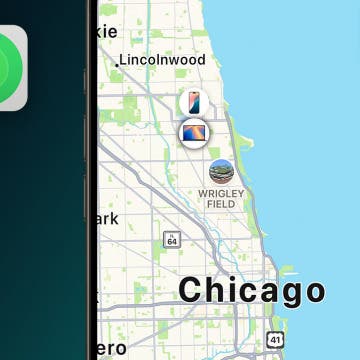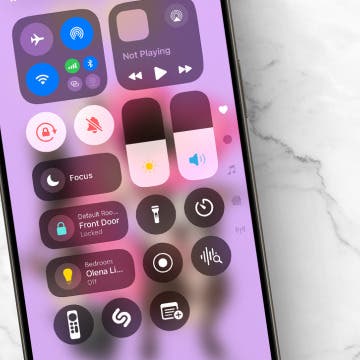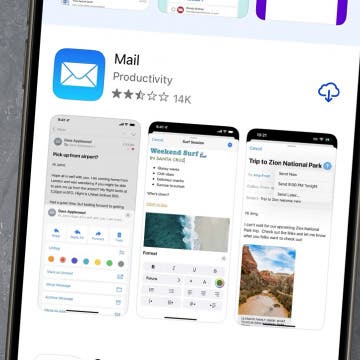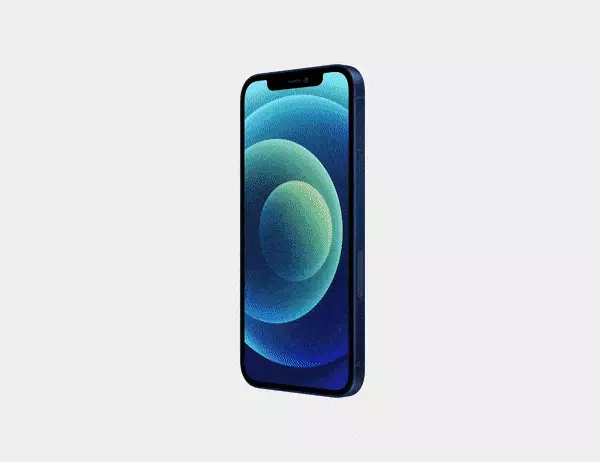Over the course of the 20th and 21st Centuries, technology has been advancing at the speed of a NASA X-43 breaking the sound barrier. Did you see know that the X-43 still holds the record for the fastest jet-powered aircraft, despite being developed in the '90s?
That’s because oldies are often goodies. While we welcome new technology, let’s take a moment to pay homage to the tech of yesterday and prove our techie bona fides with the Forgotten Tech Challenge! Scroll to the bottom to get your score!
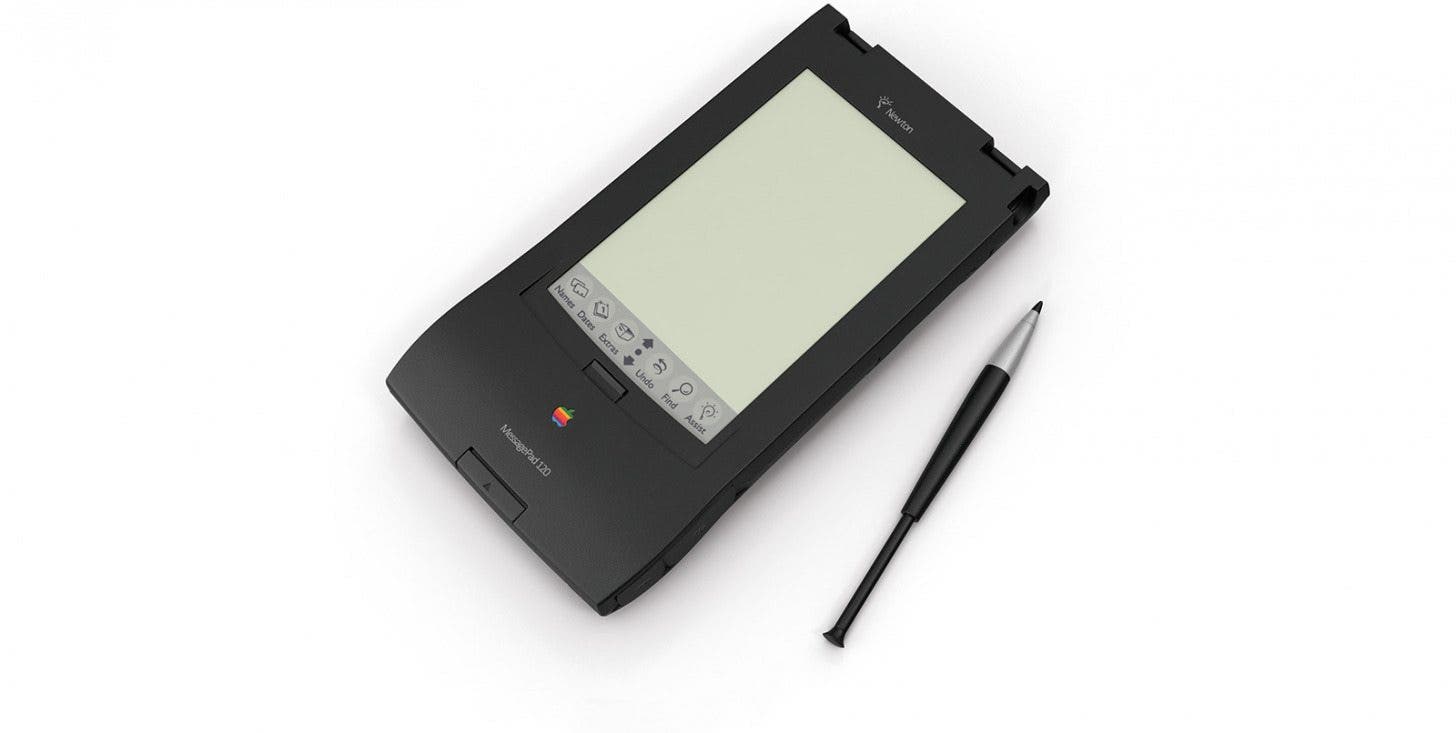
PDAs
Who here had Apple’s entry in the Personal Digital Assistant (PDA) is an genre of pocket computer, the Newton? The Newton wasn't introduced in 1992, but before that was the Psion Organiser (made by a UK company; don’t come after me for the spelling), which debuted in 1984. PDAs had features like you would find in a pen- and-paper planner, such as calendars and contact lists, and, in fact, when they were first introduced, directly competed with planners like Filofax and Day-Timer. PDAs had their heyday in the '90s, but once smartphones came around, there was not much hope left for the humble PDA to survive. If you have a Newton now, get that thing to a museum!

Your score:
I owned a PDA: 4 points
I owned an Apple Newton: 6 points
I still own a Newton or PDA, and it still turns on: 10 points
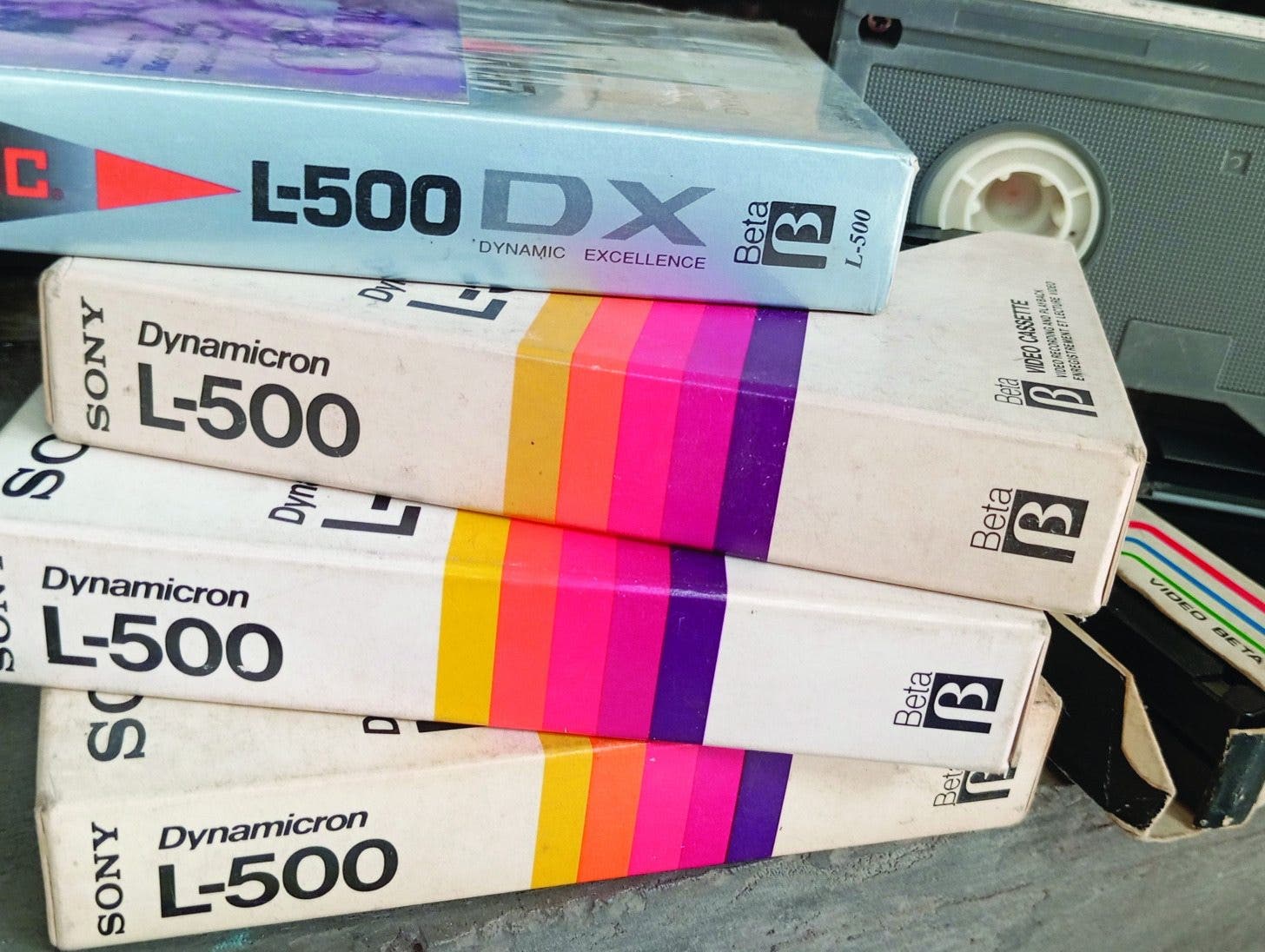
Betamax & VHS
The '70s saw the great Betamax vs. VHS wars for domination of the home video market. Betamax’s image-quality advantage over VHS was kneecapped by the fact that it could only hold one hour’s worth of tape. Just think, if you wanted to watch Titanic on Beta, you would have had to get up four times! Betamax eventually did downgrade its image quality to fit more tape on one cassette, but to no avail. By the time I was at home sick watching recorded Scooby-Doo cartoons and commercials for Cookie Crisp in the '90s, it was all VHS, all the time. Of course, once you win the crown, you’ll die defending it. In my lifetime, VHS gave way to DVD, which gave way to Blu-ray, which gave way to streaming (for most of us).
The king is dead; long live the king.
Your score:
I used both Betamax and VHS back in the day: 5 points
I still have a VHS collection, and I’ve digitized it: 12 points
Extra credit in the “bygone home video format”: I owned a LaserDisc! 4 points
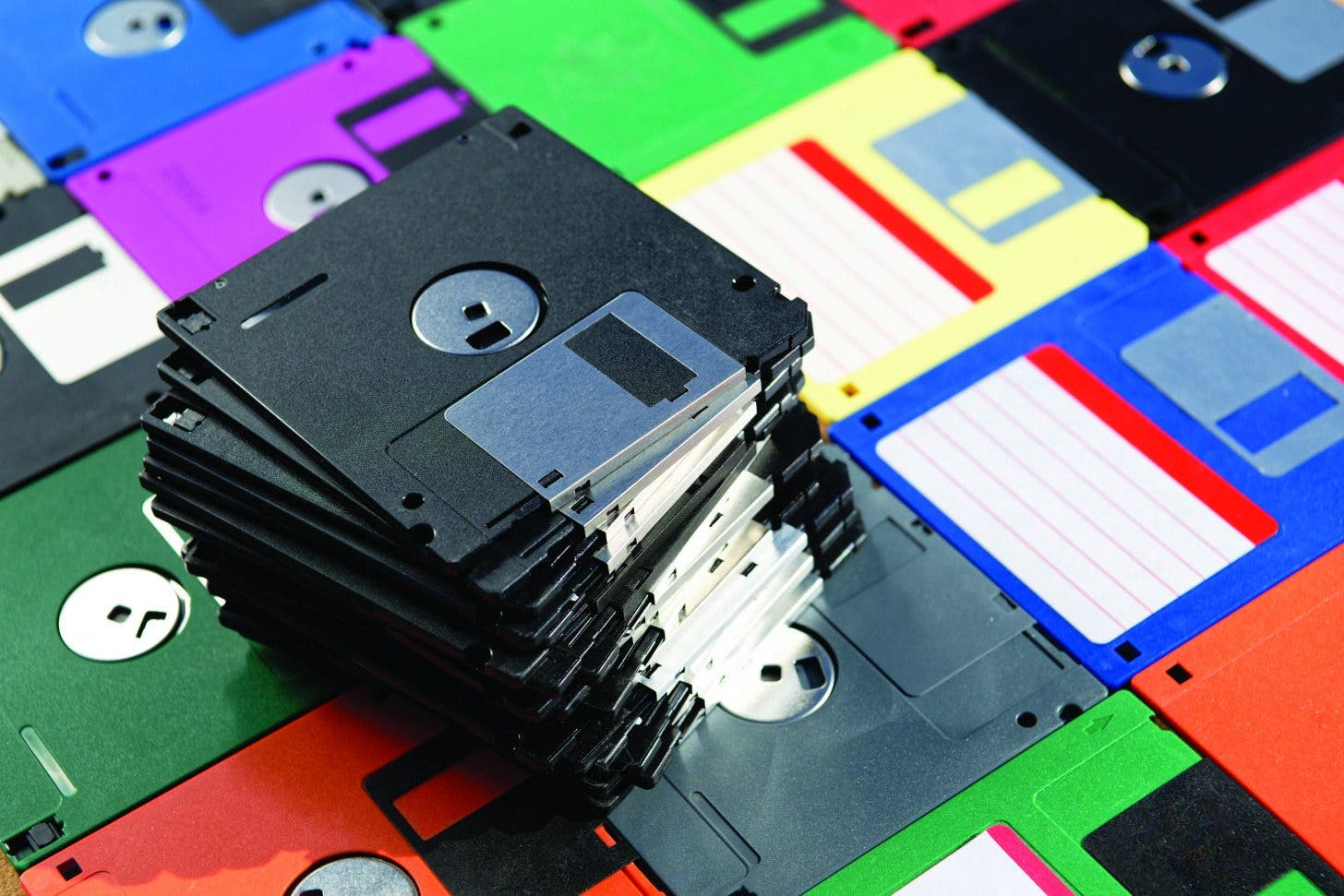
Floppy Disk
It’s hard to believe now, but once upon a time, the floppy disk was a marvel of modern computing. When it was released to the public in 1971, the 8-inch floppy disk offered a storage capacity of 80 kilobytes. This might sound tiny (right now, the Word document for this article is sitting at 21 KB), but you have to consider that you would need hundreds or thousands of punched cards—the technology the floppy disk replaced—to store the data contained on a single floppy disk.
Floppy disks developed over the '70s and '80s to fit more data on smaller disks, so that by the time I was writing my Homeward Bound knockoff on my family’s Macintosh, I could save it using the built-in 3.5-inch floppy-disk drive with room to spare. In the end, floppy disks were phased out in favor of USB drives, memory cards, and cloud storage, but their legacy lives on in the little graphic you click to save whatever file you’re working on.
Your score:
I used floppy disks: 4 points
I still have my floppy disk collection: 6 points
I’ve digitized my floppy disk collection: 12 points
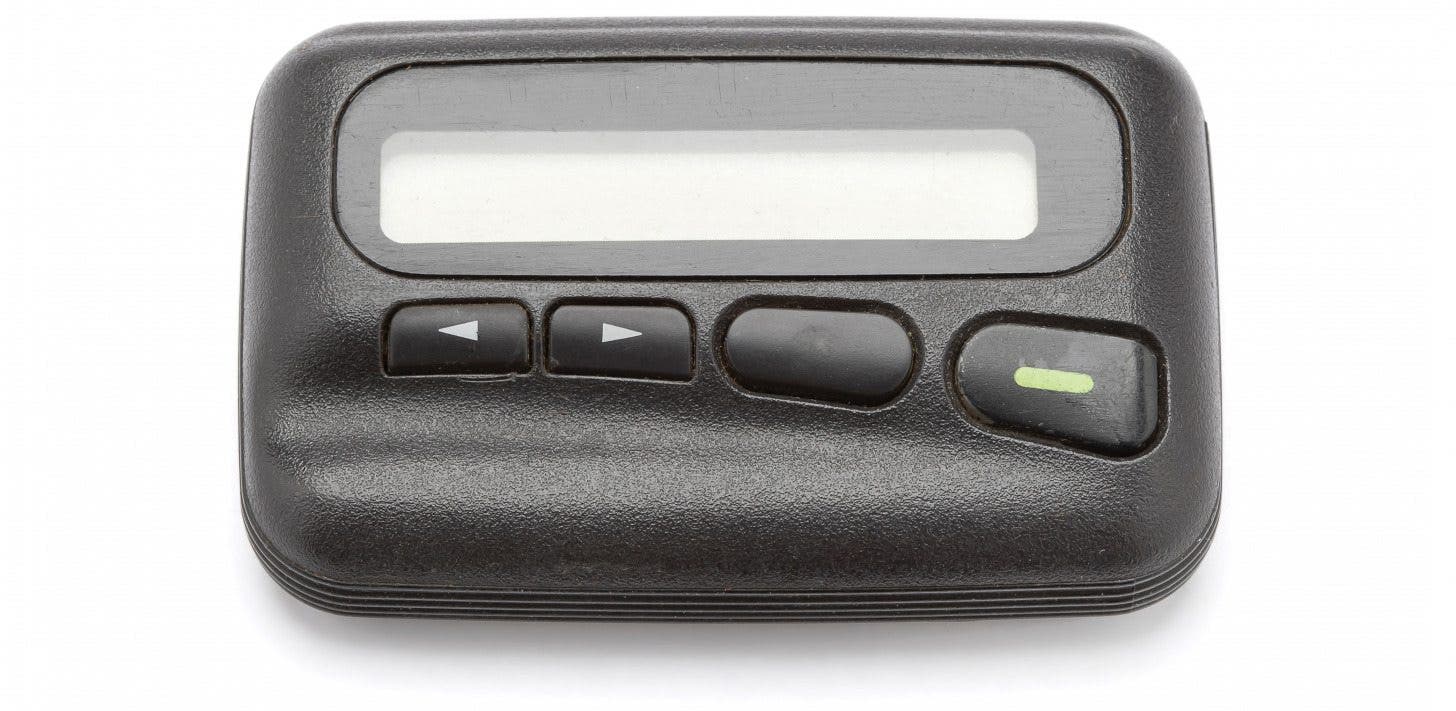
Pagers
Before there were cellphones, there were pagers (also known as beepers), little devices that chirped at you in the movie theater to let you know you were desperately needed at the office. The pager was invented by Al Gross—who also invented the walkie-talkie and cordless telephone. Let’s hear it for Gross!—all the way back to 1949. The devices gained popularity in the '80s and '90s before the first rise of cellphones made them obsolete—for most of us. Pagers still have a few dedicated user demographics because they operate on radio waves. Doctors and other emergency workers rely on pagers to be unaffected by Wi-Fi dead zones, hacking, and network failures. Pagers are also favorites of those who don’t want their data collected, since the devices (usually) have no way to track their users, and of restaurants: that’s right, that giant blinking coaster they hand you at the host stand when you need to wait a ninety minutes for your table at Margaritaville to be ready? It’s a pager.
Your score:
Rocked a pager in the '80s or '90s: 6 points
Still a proud pager user: 8 points
The lifecycle of a shiny new piece of cutting-edge tech can be short and brutal or surprisingly long. LaserDiscs didn’t stop being produced until the end 2000s, and, as we just noted, pagers are still being used today in unexpected places. It’s hard to predict what will stick around and what will fizzle out. All we know is that a tech enthusiast, you deserve special credit for all the tech you’ve known and loved. See how you stacked up!
Final Score
0–15 points: New to the Tech Game
16–30 points: Dabbles in Tech
30–45 points: Tech Aficionado
46 points: Ultimate Tech Veteran
Top image credit: Vector Archive / shutterstock
Shutterstock-Pixelsquid / shutterstock
AxlGTj / shutterstock
Yuri Shirokov / shutterstock
nattaphol phromdecha / shutterstock






